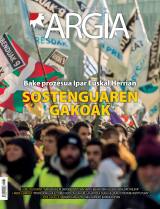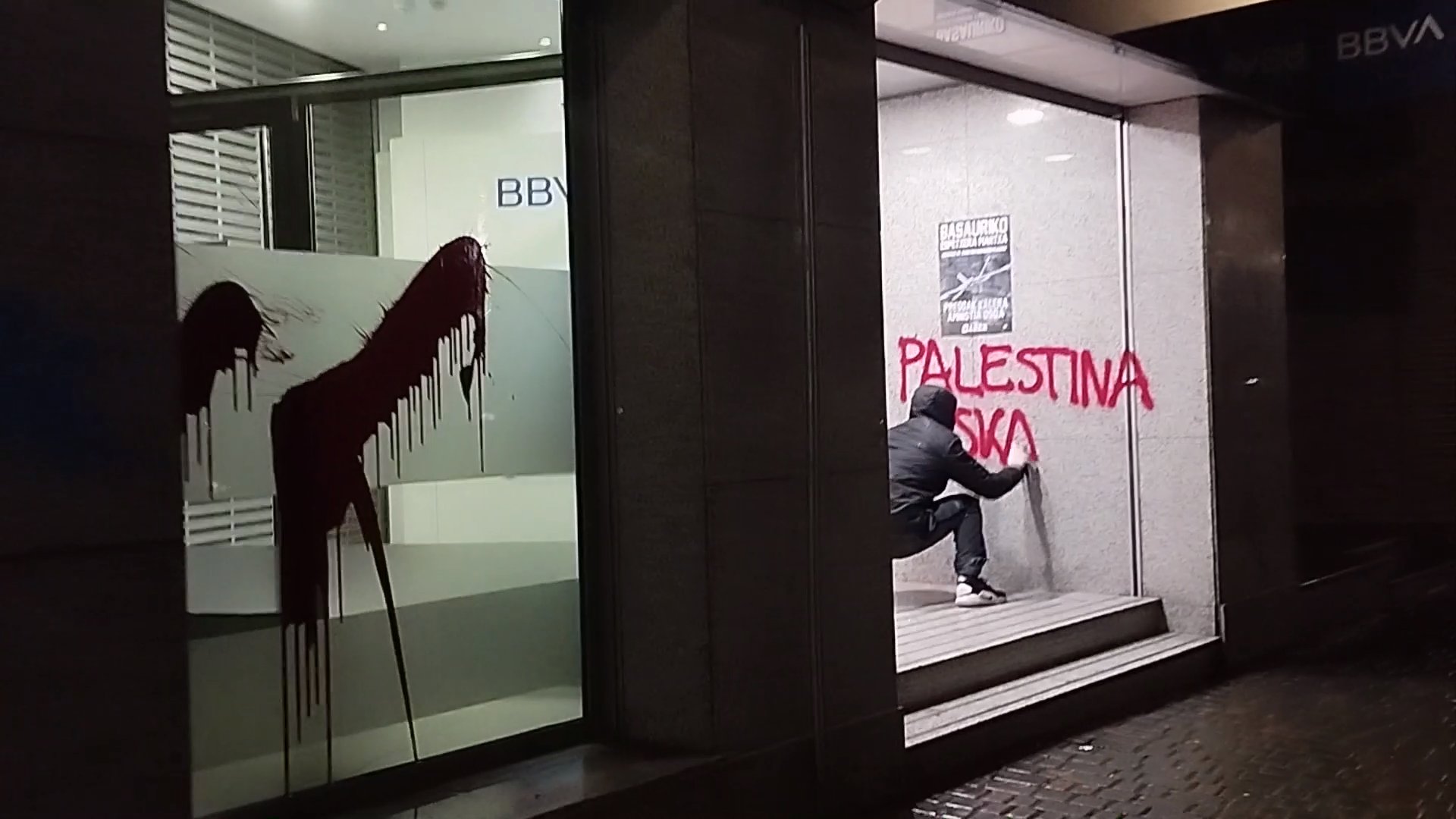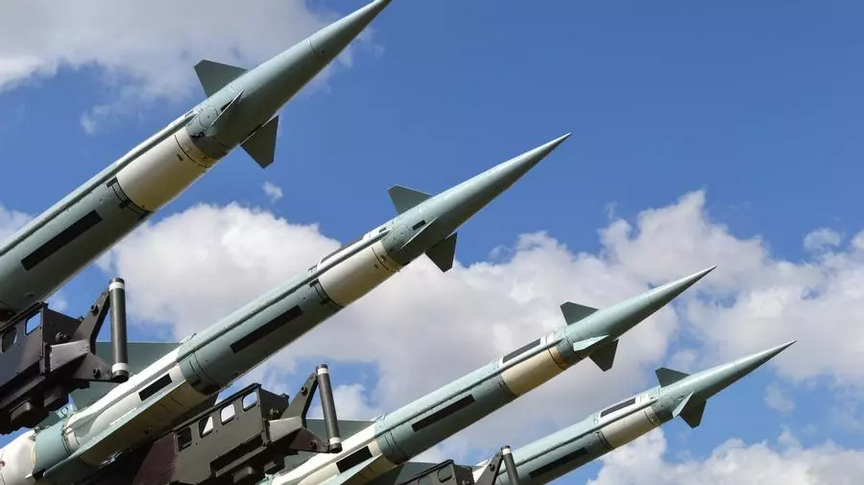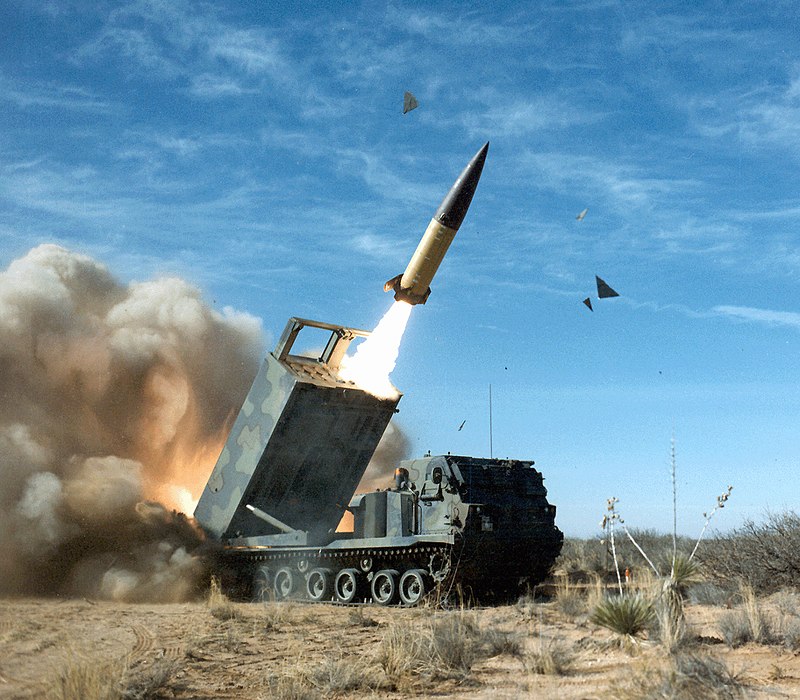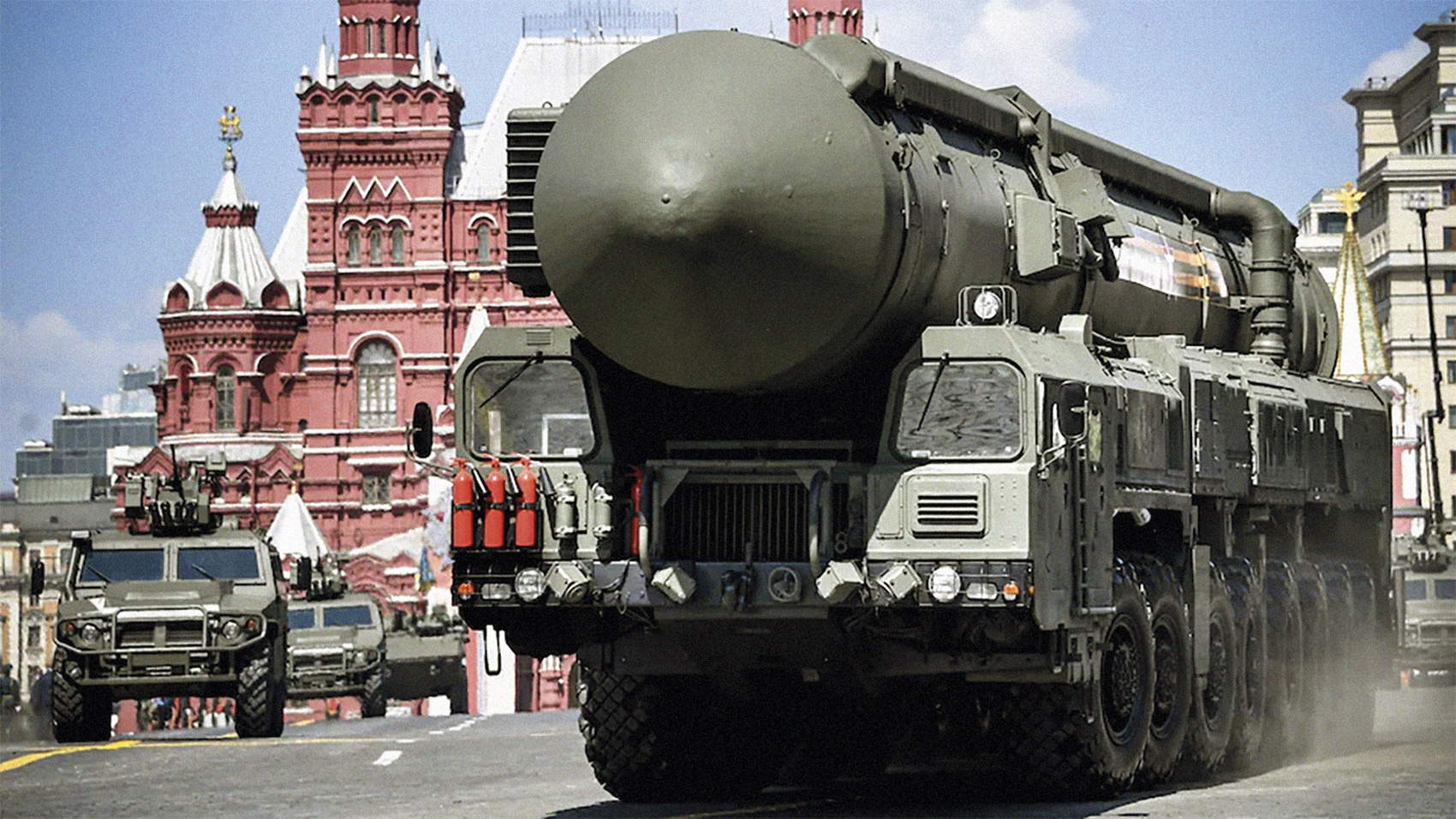Terror in the Pacific: They announce an atomic attack in Hawaii -- not by chance
- On Saturday, 13 January, many inhabitants of the Hawaiian Islands suffered the greatest distress of their life in the Pacific Ocean. The authorities told them that North Korea, following its threat to the atomic missile, was heading towards Hawaii. The alarm lasted for about 30 minutes, until the authorities determined that it was a failure in a simulation that had not occurred. It is possible, however, that there is more than a mistake, amidst the rivalry of atomic weapons that the world is experiencing.

The people of Hawaii received the message on the phones at 08:07 in the morning of that beautiful Saturday: “Emergency Alert BALLISTIC MISSILE THREAT INBOUND TO HAWAII. SEEK IMMEDIATE SHELTER THIS IS NOT A DRILL”. Euskera: The emergency alert, a ballistic missile heading to Hawaii, is not a drill. More than 38 minutes passed until the authorities issued the second message, this reassuring time: "There is no threat or danger to the state of Hawaii. We insist. False alarm.”
The military bases of the United States Army quickly realized that the attacks were not taking place, but they continued to hit the population for over 38 minutes. Although some felt more reassured to see that the alarm sirens had not been turned on, others tried to protect themselves as they could, protecting the occupants of cars in tunnels or underground car parks, entering those who had some nuclear shelter ... At the University of Hawaii Faculty of Manoa, students tried to enter the nuclear shelters, but found them closed and officials couldn't find the keys.
In the Boston Globe newspaper, Allison Wallis tells what he lived on the island of Ohau, in Hawaii: “Being a mother in Hawaii amid the 38-minute nuclear fear.” Disasters are not alien to Hawaiians, if hurricanes are not floods, and many have emergency kits in their homes, “but I am 36 years old and I grew up in a world without the threat of nuclear wars,” says Wallis.
Her husband was working. She went to look for her little daughter to the garden. “Go up, dear, fast, now. Take your pillow, enter the bathroom, open the fountain and close the bathroom once full. Sit in a corner and spy on me. You have to be brave. I'm going straight away."
The boy didn't cry, but he was pale, scared inside his pajamas. “Mother, but what happens?” The mother tied the dog to take him to the bathroom, put his daughter's bell pet in his hideaway and along the way picked up some chocolate bars, thinking that in the makeshift shelter of the house they might need fast calories.
In the bathroom, the mother asked her daughter, to reassure her, if the story of Alicia and Cover had been quoted in school (bent and protected): With cartoons that the government provided to teach children how to act in the face of nuclear attacks in schools during the years of the Cold War, it explained to children how to act in the face of nuclear attacks. They looked like the lost accounts forever.
“But mom, what do we do? Please, what happens?” the girl asked. His parents didn't talk to him about politics, nor did the president, about him have very little to tell and they don't want to pass their fears.
“Honey, you know that sometimes some countries fight against others, that’s war. Our lehendakari has had a fight with another and this one has missiles. Do you know what a missile is? We are now told that that other country has sent a missile to Hawaii. Our military needs to take refuge somewhere until it explodes.” The boy said yes and see where his father is. Home road.
One day her husband comes home driving the car like a madman on the other end of the island. I drank a lot and I was afraid. And the new message has reached them on the phone, which has been a false alarm. It took 38 minutes. Hours later Allison wrote the article for the Boston Globera: “My husband and I have decided to prepare the emergency kit. I also have to find out how to buy iodine. We will talk to my daughter and start doing simulations for the whole family.”
Who is afraid of atomic war today?
As the tension between North Korea and the United States warms up since Donald Trump is president, the fear of an atomic attack also increases in the Hawaiian archipelago, which is the 50 State of the United States. North Korea has launched several missiles in recent months, last November, and experts believe it is capable of hitting Hawaii, 7,400 kilometres from Pionyang in the northeast. If North Korea launches an atomic missile, Hawaiians would have 12 to 15 minutes to protect themselves before the explosion.
What really happened on January 13 to scare Hawaiians with false alarms? The authorities have explained that the military were working on a mock in which an officer, in an error, pressed the wrong button with his finger. Some experts do not fully believe in this version: on the one hand, the Trump administration in an atmosphere of international war and on the other, making simulations in Hawaii in the face of North Korean missile shots; on the other hand, that 13 January is a slightly more sophisticated drill, that is, a further operation of adapting the population to the new times.
It is strange that the main media have given the event little attention. “Journalists and more broadly the media are missing people’s interest in dealing with nuclear weapons issues,” Australian Marie McInerney wrote in the Croakey media. McInerney ICAN, a member of the International Campaign for the Prohibition of Atomic Weapons, has stressed that this body, which has just won the Nobel Prize, faces the risk of reaching citizens in sub-human conditions.
“It may – says McInerney – be the basis of the media’s tendency to exclude these issues: they accept and even promote the theory of nuclear deterrence. This [nuclear deterrance] theory is a belief that has not been essentially proven, that is, that nuclear weapons are so terrible that they force not to attack the powers that have weapons, for fear that they will both be destroyed.”
The idea of nuclear deterrence seems to have been relaxing in public opinion. The ICAN campaign, which has the Nobel Prize, to ban nuclear weapons, does not give rise to a stir in the other world, and the citizens of the nuclear powers, including the Basques on both sides of the Bidasoa, have not gone to the streets when their states have refused to ban them. “But is there a risk of an atomic war?” will the most informed citizen surprise you.
Pope Francis is one of the few exceptions that the alarm call in the Basque Country has opened. On his trip to South America, he has expressed concern to journalists: “I’m really afraid. We're on the limit. An incident is enough to break out of the war. We cannot play with the risk of aggravating the situation. That is why it is necessary to destroy atomic weapons.” Have the Christians also heard him?
Arma nuklearren produkzioarekin, mantentze lanekin eta modernizazioarekin loturak dituzten hainbat enpresa aztertu dituzte, eta horien artean agertzen dira BBVA, Santander bankua eta SEPI.
Japan, 6 and 9 August 1945, the United States launched an atomic bomb causing tens of thousands of deaths in Hiroshima and Nagasaki; although there are no precise figures, the most cautious estimates indicate that at least 210,000 people died at the end of that year. But in... [+]
On the occasion of the Hiroshima G7, the temptation to say again what Marx has made us repeat too many times, putting us in the mouth of Hegel, is not a fool: “Hegel says that all the great events and characters in universal history appear twice, but he forgot to say: once as... [+]









